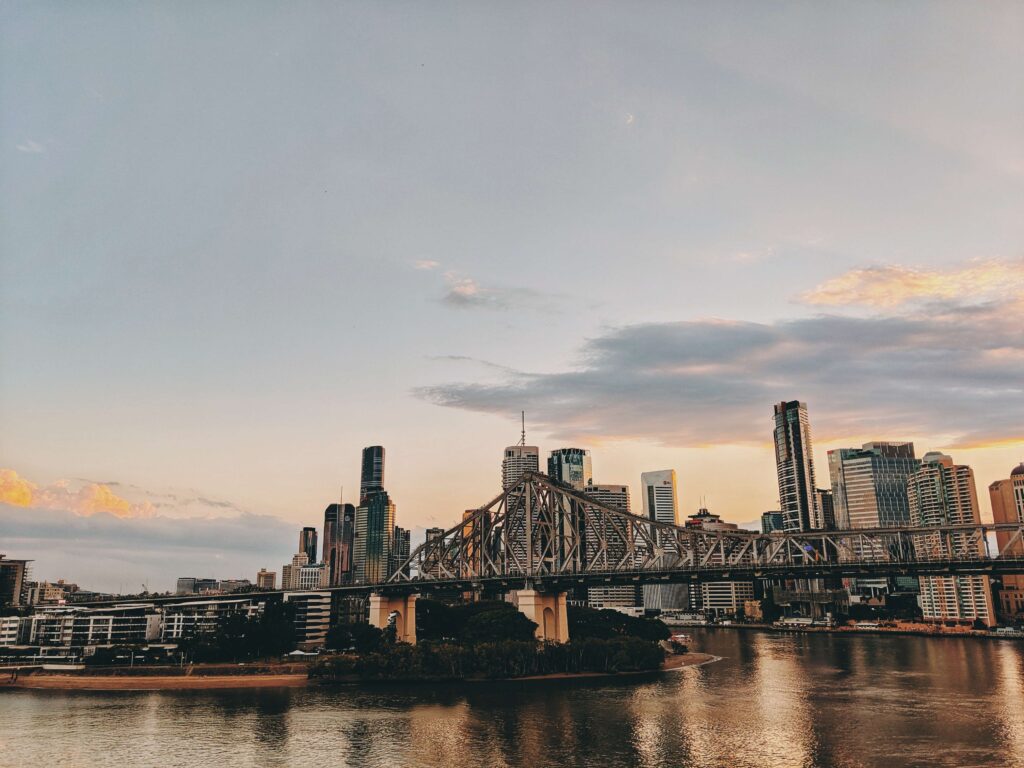A Guide to Australia

Australia boasts an array of landscapes from desert savannahs to wooded savannahs. The Tropic of Capricorn traverses across its center, shaping temperature and precipitation patterns.
At its heart is a federation, with power split between federal and state governments. The economy of this federation rests heavily on services such as tourism; with 516 national parks and an abundance of unique animals and plants.
Table of Contents
Culture
Australia is a multicultural nation shaped over time by various cultural influences, boasting strong agricultural roots and being one of the primary exporters of minerals and energy products. Home to many unique animal species and featuring 516 national parks that help safeguard its environment.
Australia is known as an enthusiastic society that joyfully marks each new year with fireworks and parties, often including celebrating Anzac Day to remember Australia’s sacrifice in World War I. Aussies love their beaches and outdoors activities such as surfing, tennis, cricket, soccer and Australian Rules football as recreational pursuits. Mateship is another cornerstone of culture. An important aspect of Australia is reflected through popular literature as well as public events like Anzac Day commemorations to remember this important aspect of their heritage.
History
Millions of years in the making, Australia’s backstory can be discovered through breathtaking festivals, museums, walks and guided tours. While its culture largely leans Western, indigenous influences also play a part in shaping its traditions – boomerangs, didgeridoos and Aboriginal music are all part of Australian life!
Australia, a land of extremes since World War II, has experienced extremes since 1945. First it experienced unprecedented affluence before political crises and social changes arose; and it still remains part of the British Commonwealth although many now consider breaking off formal ties to England in favor of becoming an independent republic. Aborigines first arrived 50,000 years ago via land bridges to pursue hunting-gathering lifestyles before European colonists arrived and claimed New South Wales for Britain based on legal fiction called “terra nullius”, setting off long periods of colonization and conflict that continues today.
Languages
Language is an integral component of identity and allows people to express their values and beliefs through spoken dialogue. Although most Australians speak English as their first language, countless other tongues also exist here, reflecting Australia’s diverse cultural background through language usage.
Most Australian languages fall into the Pama-Nyungan family; however, some in Northern Australia belong to different branches known as non-Pama-Nyungan languages.
Some Australian languages, like Kriol, combine features from multiple language groups into Creole forms; others, such as Creole English and Kriol are newer and not as closely related to one another as their Australian counterparts. All Australian languages possess various speech registers: some more formal for use in ritual contexts; while others allow more casual or sexual talk.
Religions
Australia’s long history of immigration makes it a rich source of diversity when it comes to religious practices and customs. You’ll find Orthodox churches serving as cultural hubs for Greek, Russian and Serbian communities; Vietnamese Buddhist temples with worshipping Buddhist monks; mosques representing various faith traditions from Southeast Asia as well as Christian denominations associated with migrants from Italy, Greece China or South East Asia.
The 2021 national census revealed that Christianity remains Australia’s dominant faith, although its share has gradually decreased over time. Six out of ten Australians still claim religious affiliation and many contribute to church-sponsored or established social services such as schools, hospitals, orphanages and charities through church affiliation or membership. Other religions were classified under “Other religions”, including Hinduism, Islam and Judaism as well as traditional Australian Aboriginal traditions and Chinese beliefs.
Government
Every four years Australians come together to elect people who will help shape the laws for their nation – these individuals are known as Members of Parliament and meet regularly throughout the year in a large building known as Parliament House. Most MPs belong to either the Government or Opposition groups; those that gain more seats become the Prime Minister.
The Prime Minister delegated responsibility for how Australia is run – portfolios – to certain members of government who then become ministers. The cabinet serves as the main decision-making group within government.
State or territory governments provide oversight over schools and hospitals. There are also hundreds of local governments which manage such matters as rubbish collection, water supply and road infrastructure.

